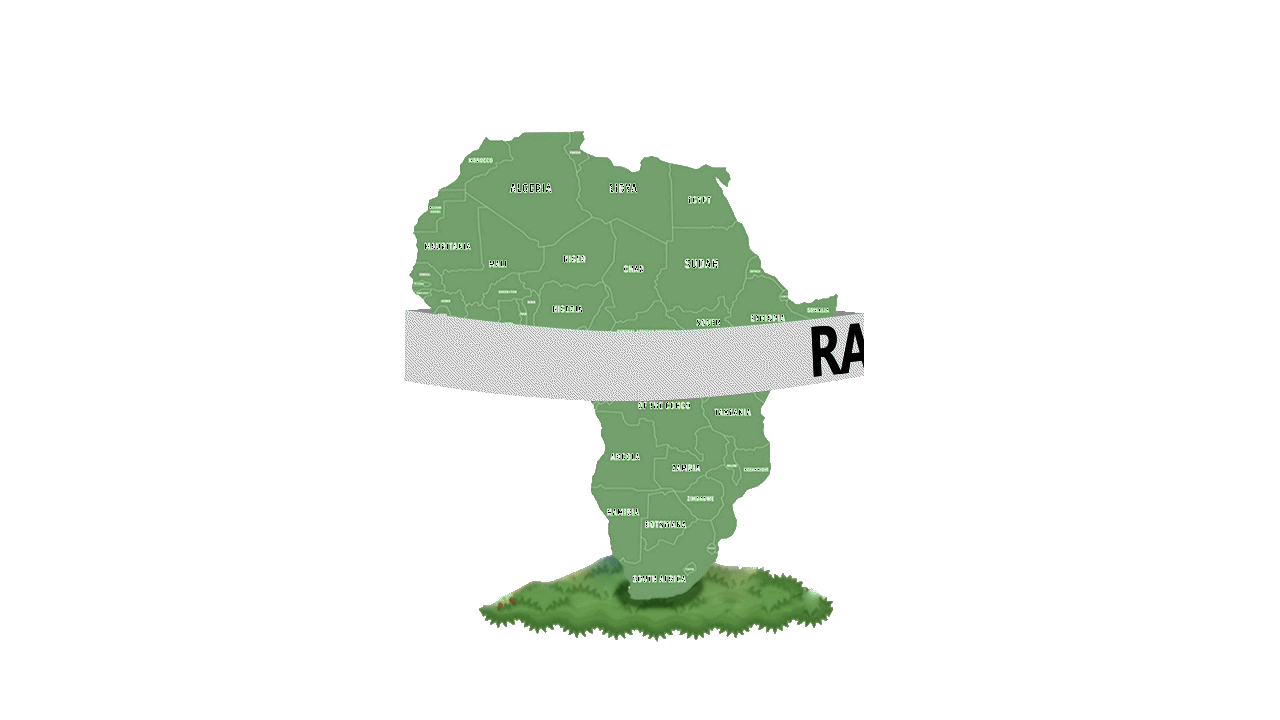You don’t want to find just any job.
You want to explore high-demand jobs in Canada so that you pick a field that has greater potential for job security and high pay.
Thankfully, many of the careers in demand for the next five years offer great earning opportunities since employers will need quality workers due to labour shortages. And with growing retirement rates expected among the baby boomer generation (i.e., born between 1946 and 1965).
So, to help you identify where those career opportunities may exist, we’ve uncovered 17 of the top jobs in demand in Canada for the next few years. The career areas listed below not only have a high number of expected job openings; they also have an expected shortage of qualified workers to fill them.
1. Registered Nurse
Smiling nurseWhen it comes to the most-needed jobs in Canada, nursing may very well top the list. Two major factors are driving the demand for more nurses. The first one is that baby boomers are reaching retirement age. Roughly half of the RN workforce is between about 42 and 65 years old. Plus, a substantial number of RNs retire before the age of 65. (The average retirement age was 62 in 2016.)
The second major factor that’s driving nursing demand is Canada’s overall aging population. Seniors and elderly people typically have higher health care needs. So, as baby boomers continue to age, it’s expected that the demand for medical care will grow, resulting in new jobs.
Ontario nursing associations report that hospitals in the province face about 10,000 vacancies for nursing positions. RNs are also increasingly important in Canada’s small, rural towns and remote communities. In areas where there is no or limited access to general physicians and family doctors, RNs often take on roles as primary care providers.
Highest-demand provinces and territories: All except Saskatchewan and Newfoundland and Labrador, where demand is fair
Median hourly wage: $37.60
Highest-paying provinces and territories: Nunavut, Northwest Territories, and Yukon
Typical entry-level education: Bachelor’s degree and registration with a provincial or territorial regulatory authority
2. Truck Driver
The Canadian economy relies on truck drivers, but there may not be enough young adults entering the trucking industry to fill the gap from retiring workers. Roughly half of the truck-driving workforce is between the age of 46 and 65, so many workers will be retiring in the coming decades.
Truck driving is near the top of the list for careers in demand in BC. WorkBC predicts that the province could have about 13,336 truck driver job openings from 2019 to 2029. And that’s just one province. Dedicated transport truck drivers are needed almost everywhere to haul commercial goods from coast to coast. It’s one of the most important jobs in demand in Canada.
Some areas depend on truck drivers much more than others. For example, residents of remote areas often count on truck drivers to bring them important products like food and clothing.
Highest-demand provinces and territories: PEI, Nova Scotia, Ontario, Quebec, BC, and Yukon
Median hourly wage: $21.67
Highest-paying provinces and territories: Yukon, Northwest Territories, and Alberta
Typical entry-level education: Completion of truck driver training; must also obtain appropriate licensing and endorsements
3. College or Vocational Instructor
Teaching at the college and vocational level is another one of the careers in demand in Canada thanks, in large part, to growing retirement rates. During the 2017-to-2026 period, the country could be short about 3,500 instructors. And that number could grow as provincial and federal governments continue to bolster the post-secondary system.
College and vocational instructors teach at public and private institutions that provide academic, technical, and vocational programs. You could teach anything from beauty to criminal justice to culinary arts to design.
You’ll find that the education and experience requirements to be a teacher will vary greatly depending on the work setting. An academic-focused institution will likely require you to have a master’s degree, whereas a vocational-focused institution may accept a diploma or bachelor’s degree if you have extensive and relevant industry experience.
Highest-demand provinces and territories: Ontario, Quebec, and BC
Median hourly wage: $37.93
Highest-paying provinces and territories: Nunavut, Northwest Territories, and Alberta
Typical entry-level education: Ranges from diploma (combined with related industry experience) to master’s degree
4. Business Management Consultant
In an expanding global marketplace that’s becoming increasingly competitive, it’s more important than ever for businesses to be lean and productive. To achieve that goal, businesses often hire management consultants to help them. Due to an expected increase in the demand for professional consulting services, combined with workers retiring and transitioning to other positions, management consulting is one of the top jobs in demand in Canada.
Many people start preparing by earning a business-related degree and then gain experience by working in a variety of different industries and positions. But management consultants can also benefit from having training in areas like technology or travel, tourism, and hospitality, depending on the areas in which they want to specialize.
Highest-demand provinces and territories: BC, Manitoba, New Brunswick, Nova Scotia, Ontario, PEI, Quebec, and Saskatchewan
Median hourly wage: $36.55
Highest-paying provinces and territories: Alberta, Saskatchewan, and BC
Typical entry-level education: Business-related diploma or bachelor’s degree, combined with relevant industry experience
5. Welder
Welding is one of the jobs in high demand, largely due to new job growth rather than retirement rates. The welding workforce is a little younger than many others, so the current retirement rate in welding isn’t as high as in many other career fields.
Due to ongoing advancements in the manufacturing sector, welders with high-level skills are likely to enjoy better job opportunities than those with only basic abilities. Welders who possess fitting skills can use a variety of techniques (like FCAW, GMAW, GTAW, and SMAW) and can read plans and blueprints are expected to be in the highest demand.
Highest-demand provinces and territories: BC and PEI
Median hourly wage: $25.00
Highest-paying provinces and territories: Alberta, Newfoundland and Labrador, and BC
Typical entry-level education: Completion of vocational training or an apprenticeship program; trade certification may also be required
6. Licensed Practical Nurse
Licensed practical nursing is among the most in-demand jobs in Canada for the same reasons as registered nursing. An aging population is placing more demands on the health care system, and a retiring workforce is creating a need to replace workers.
Although the licensed practical nurse (LPN) workforce is younger than the RN one, a growing number of retirements is still expected in the coming years.
Highest-demand provinces and territories: BC, New Brunswick, Nova Scotia, PEI, Quebec, and Alberta
Median hourly wage: $26.30
Highest-paying provinces and territories: Saskatchewan, Alberta, and Manitoba
Typical entry-level education: Diploma and registration with a provincial or territorial regulatory authority
7. Occupational or Physiotherapy Assistant
Careers in Demand in CanadaOverall, the senior and elderly population is living longer. And many of those Canadians want to enjoy healthy lifestyles for as long as possible. Occupational and physiotherapy assistants often play a part in making that happen. Additionally, hospitals have moved toward outpatient care models to free up beds, so they frequently offer occupational therapy and physiotherapy services as a part of that strategy.
Occupational therapists, physiotherapists, and their assistants perform important work that helps people manage movement, mobility, and life-skills issues resulting from injuries, diseases, and other physical or mental conditions. You could help people live more comfortably, improve their mobility, or even extend the time they can live more independently. It’s a good vocational field to consider because occupational therapy and physiotherapy assisting are regarded as future careers in demand. As the population ages, the need for such services is only expected to increase.
Highest-demand provinces and territories: New Brunswick, Ontario, Manitoba, Alberta, BC, and Saskatchewan
Median hourly wage: $23
Highest-paying provinces and territories: Saskatchewan, Newfoundland and Labrador, and Alberta
Typical entry-level education: Diploma
8. Software Engineer or Designer
Software engineering and software design are some of the top technical careers in demand. Almost 21,000 jobs are expected to be created in software engineering between 2017 and 2026. Some of those openings will be due to the need to replace workers who move into management, sales, or higher-level engineering positions. But most of them will be due to new job creation.
Anticipated growth in the computer, telecommunications, and mobile technology sectors is expected to fuel the demand for software engineers and developers. Additionally, growth in sectors like machinery and equipment manufacturing could further drive the demand. As a result, you may be able to pursue many potential opportunities in a high-tech career related to the design and development of software systems and applications.
Highest-demand provinces and territories: Saskatchewan, PEI, New Brunswick, Quebec, Nova Scotia, Ontario, and BC
Median hourly wage: $43.27
Highest-paying provinces and territories: Alberta, Ontario, and Manitoba
Typical entry-level education: Bachelor’s degree
9. Aerospace Engineer
If you are searching for high-paying careers in demand, then aerospace engineering could be what you’re looking for. Along with industry growth, jobs could also open due to workers retiring, being promoted, and moving on to other positions.
As Canada’s fleets of aircraft age and tighter environmental and security regulations come into place, it’s expected that the demand for updated aircraft will increase. This could be a great time for you to join the aerospace engineering industry. As the brains behind aerospace systems, vehicles, and their components, you could have responsibilities related to research, design, development, installation, testing, and maintenance.
Highest-demand provinces and territories: Nova Scotia, Ontario, and Quebec
Median hourly wage: $39.42
Highest-paying provinces and territories: Quebec, Ontario, and Nova Scotia
Typical entry-level education: Bachelor’s degree and possibly provincial or territorial licensing
source trade schools



